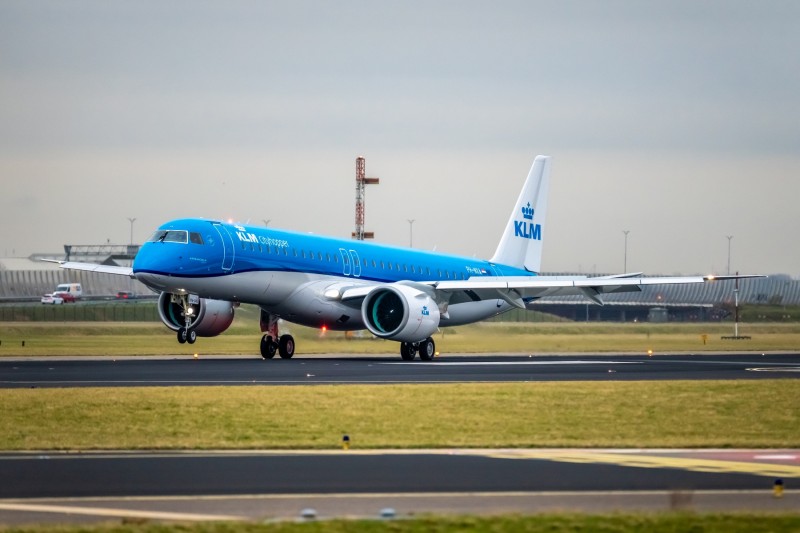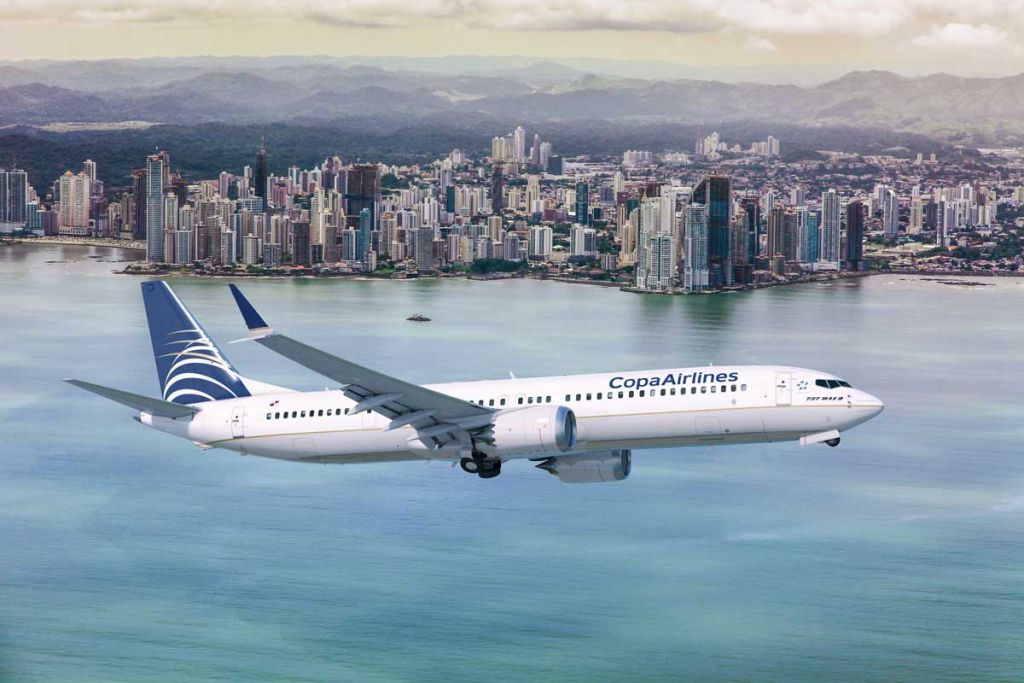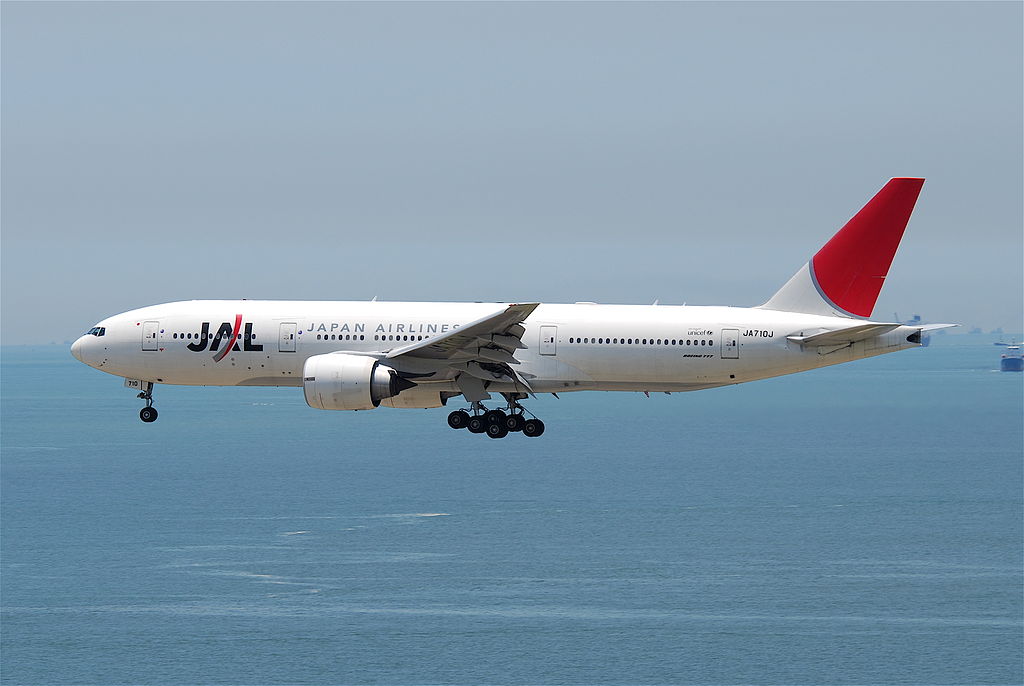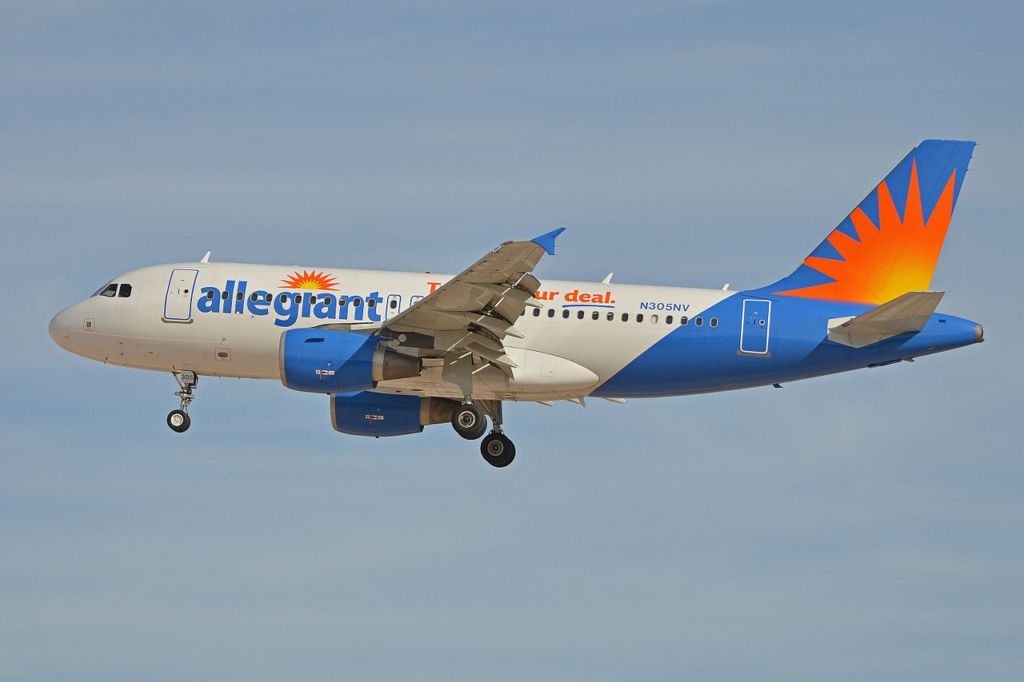San Diego International Airport (SAN) served 25 million passengers in 2019, a record-high total and a four percent increase over the previous year. Of the 25 million passengers, more than one million were international passengers – also a record for the airport.
Several factors contributed to the increase in 2019, including:
Alaska Airlines began service to Everett, Wash. and increased frequencies to several markets including Sacramento, Calif. and San Francisco.
Southwest Airlines began service to Omaha, Neb. and increased frequencies to several markets including Reno/Lake Tahoe, Nev., Sacramento, and San Jose/Mineta, Calif.
Delta Air Lines added frequencies and replaced regional jets with larger mainline aircraft on flights to Seattle.
Overall, six new routes were added in 2019, with 13 of the 17 passenger airlines serving SAN experiencing an increase in passenger traffic. Alaska Airlines added the most passengers, carrying 403,868 more in 2019 than in 2018, followed by Southwest Airlines with 367,150 and Delta Air Lines with 341,138. The airport expects to continue increasing passenger growth in 2020.
“In addition to San Diego being a popular destination, the Airport Authority is focused on connecting San Diego to the world,” said Kim Becker, President/CEO at San Diego County Regional Airport Authority. “We continue to provide ample opportunities for local residents to travel to new and exciting destinations as well as San Diego companies to easily conduct business abroad.”
To ensure our customers have a positive experience while traveling through San Diego, the Airport Authority Board of Directors recently certified the Final Environmental Impact Report for the Airport Development Program (ADP) which envisions the replacement of the 53-year-old Terminal 1 at SAN. The new Terminal 1 would feature 30 gates (up from 19 in the current terminal) and represent a significant upgrade for passengers. It would offer more gate-area seating, restaurants and shops, as well as additional security checkpoints with more lanes and a host of energy-efficiency upgrades. The goal is to break ground on the new terminal in 2021 and open the first phase (19 gates) in 2024.






